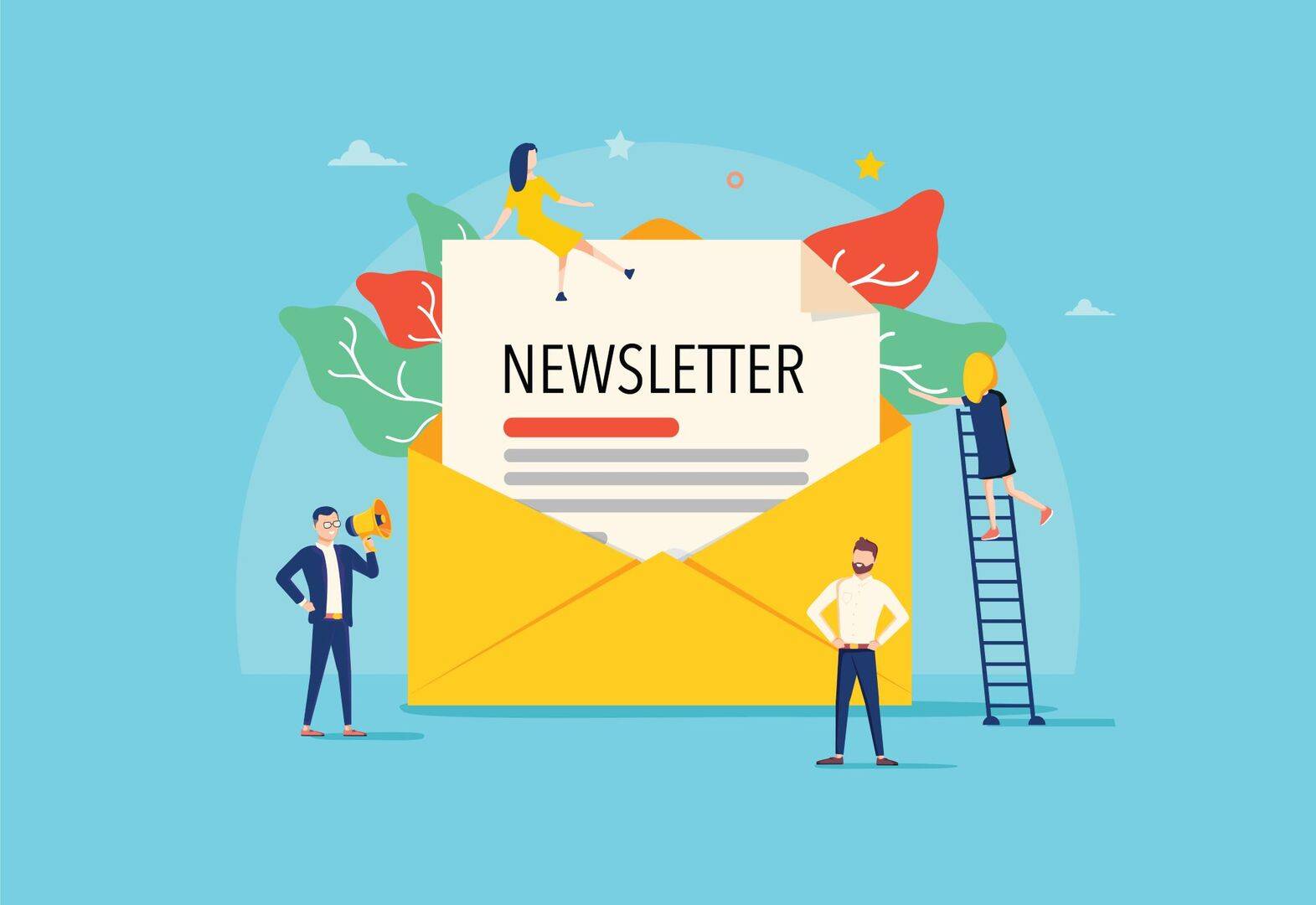
Every puzzle is built from pieces of various shapes that come together to create cohesion. When thinking about an external newsletter program, a means by which organizations communicate with their customers, prospects, constituents and other groups, it’s essential to think of it as a puzzle. All of the different factors that go into developing a newsletter must work in harmony. Doing so ensures that the end product is visually appealing, on-message and engages the audience.
Today, email marketing is a method that many B2B companies rely upon to share their expertise and updates. In fact, 83% of B2B companies use e-newsletters as part of their content marketing program. Thus, perfecting your corporate newsletter should be a top priority.
Corporate newsletters don’t have to be dull and dry. Give them a punch of personality to encourage opens, clicks, forwards and even sales.
There are several key elements of a good newsletter to consider, including:
First and foremost, the newsletter needs to entice recipients to open it. This is where the subject line comes into play. Make it short but catchy. Consider using emojis when appropriate, as there are over 2,000 registered emojis and some brands experience higher open rates when they use them in email subject lines. Your subject line should also be relevant – don’t engage in clickbait that will disappoint or frustrate readers once they open your newsletter. Check your spelling and grammar, and avoid phrases that could make your newsletter appear spam-like. With so many email scams floating around, you don’t want to give recipients a reason to delete your email or block you from their inbox.
Your organization’s newsletter must look professional and on brand. If it doesn’t, you run the risk that recipients may unsubscribe from future emails. Use your brand’s color palette and organize the information in a way that helps the reader process the information quickly and easily. Get inspired by other brands, pulling different design elements from each to create your ideal design. Once you’ve decided on a design, keep it consistent from newsletter to newsletter. Constantly changing the look and feel can confuse recipients.
Your newsletter should serve as a source for leading information about your industry and aim to help customers and prospects solve their business problems. It should also position your organization as a thought leader. Include links to free white papers you’ve developed, thought-provoking blogs on your website and industry articles featuring insights from your team of subject matter experts. Mix in interesting statistics, recent reports and news stories to add more interesting content. Remember not to overload your newsletter, as readers may become overwhelmed by its contents. You should also be mindful of how you organize the most important information. Typically, the first few sections will receive the most clicks, so don’t leave the best for last in your newsletter. Recipients may not scroll that far.
Incorporate updates around fundraising, volunteerism, company and employee milestones, etc. and include images whenever possible to bring these stories to life. When customers identify with your brand on a deeper level, they are more inclined to support your business and form a positive perception of your brand. Customers who connect with your brand are also more likely to recommend you to their peers.
While your newsletter needs to strike a balance between educational and promotional, don’t be afraid to highlight new products and services that will excite recipients. After all, these people are your customers and prospects and will appreciate learning about new solutions to their everyday challenges. You can even focus on longstanding favorites if you do not have new launches in the pipeline. Be sure to frame the content in a way that tells readers how the product or service will benefit their organization, and link to landing pages with additional information like specs, installation instructions and how-to videos.
Use the newsletter as a tool to engage with readers on your other platforms. Link to your organization’s Instagram, Twitter, Facebook, LinkedIn or even Snapchat profile. Not only will you drive more followers to your pages, but you’ll have additional opportunities to showcase your brand and key updates to these individuals.
Whether you execute a newsletter program on a bi-monthly, monthly or even weekly basis, it’s important that your organization adheres to several best practices to ensure success. Incorporating the above newsletter best practices can help your B2B brand better engage with your customers and interested prospects. In turn, this can lead to increased web traffic, higher sales and greater loyalty in today’s competitive marketplace.
Looking to jump start email marketing? Contact us to learn how we can help you target your customers and prospects through an e-newsletter program.
Jess Messenger is an Account Director at Mulberry Marketing Communications, an award-winning full-service B2B communications agency based in Chicago, London and Australia. She enjoys developing PR campaign strategies and writing for B2B audiences across numerous verticals such as retail, foodservice and healthcare.